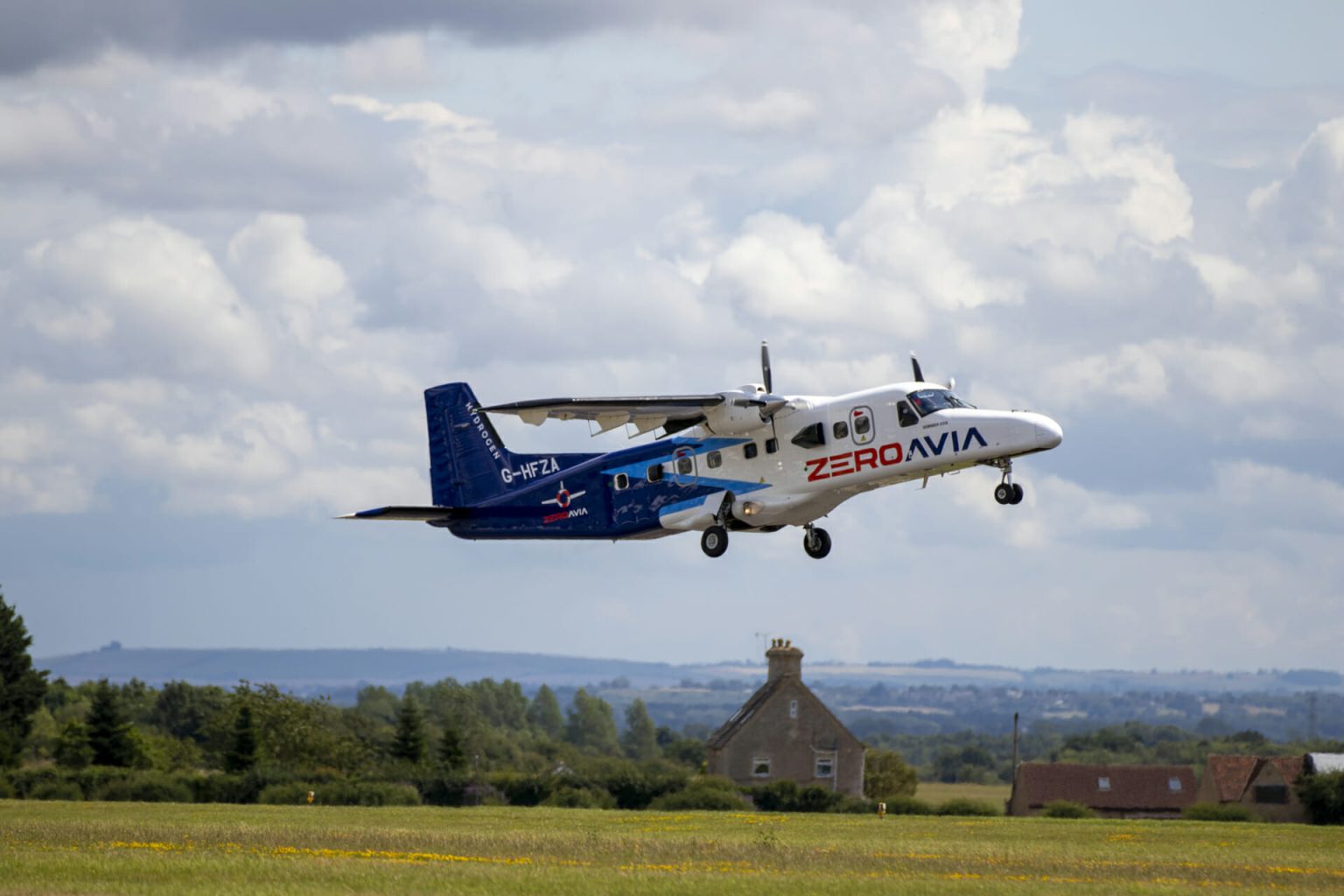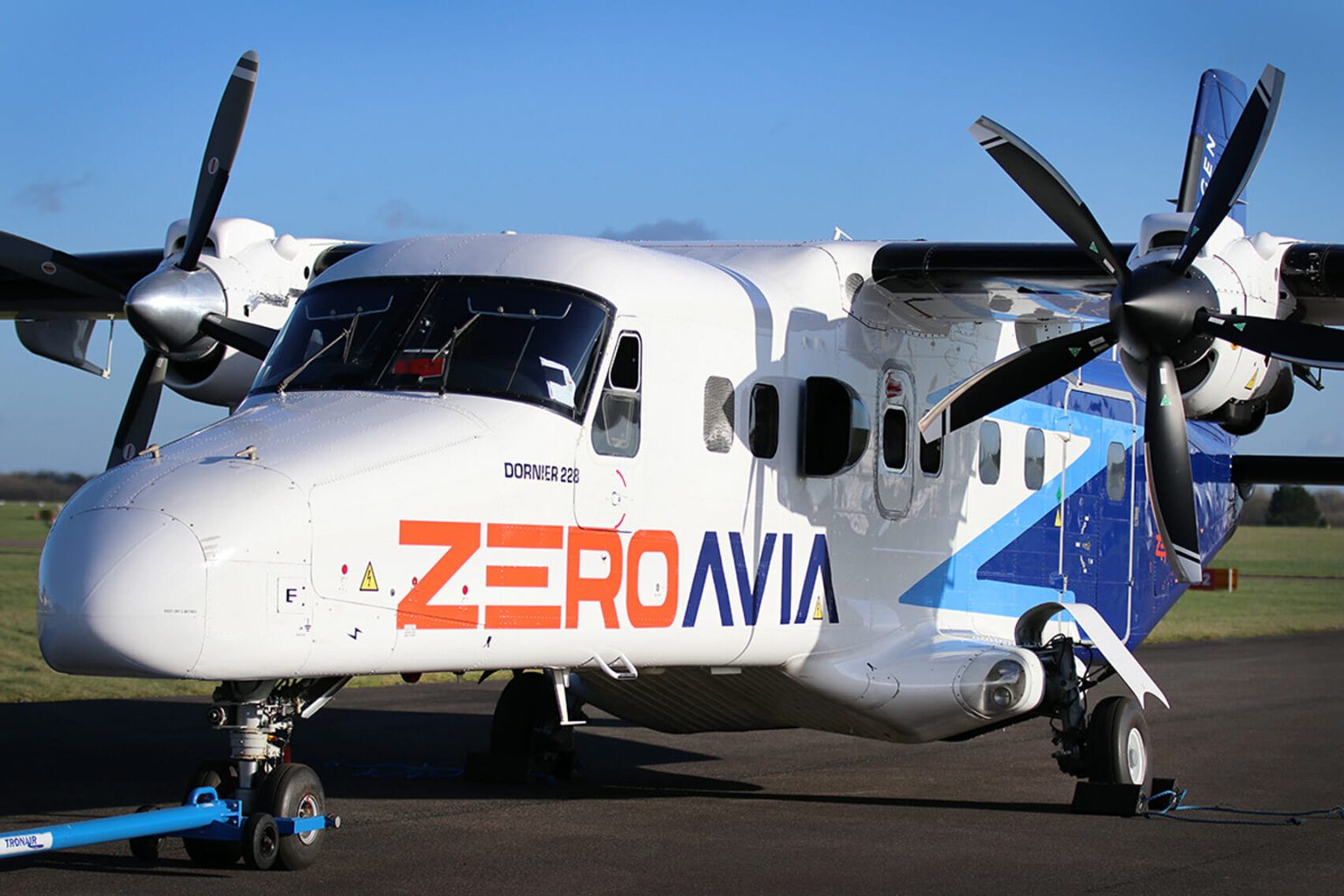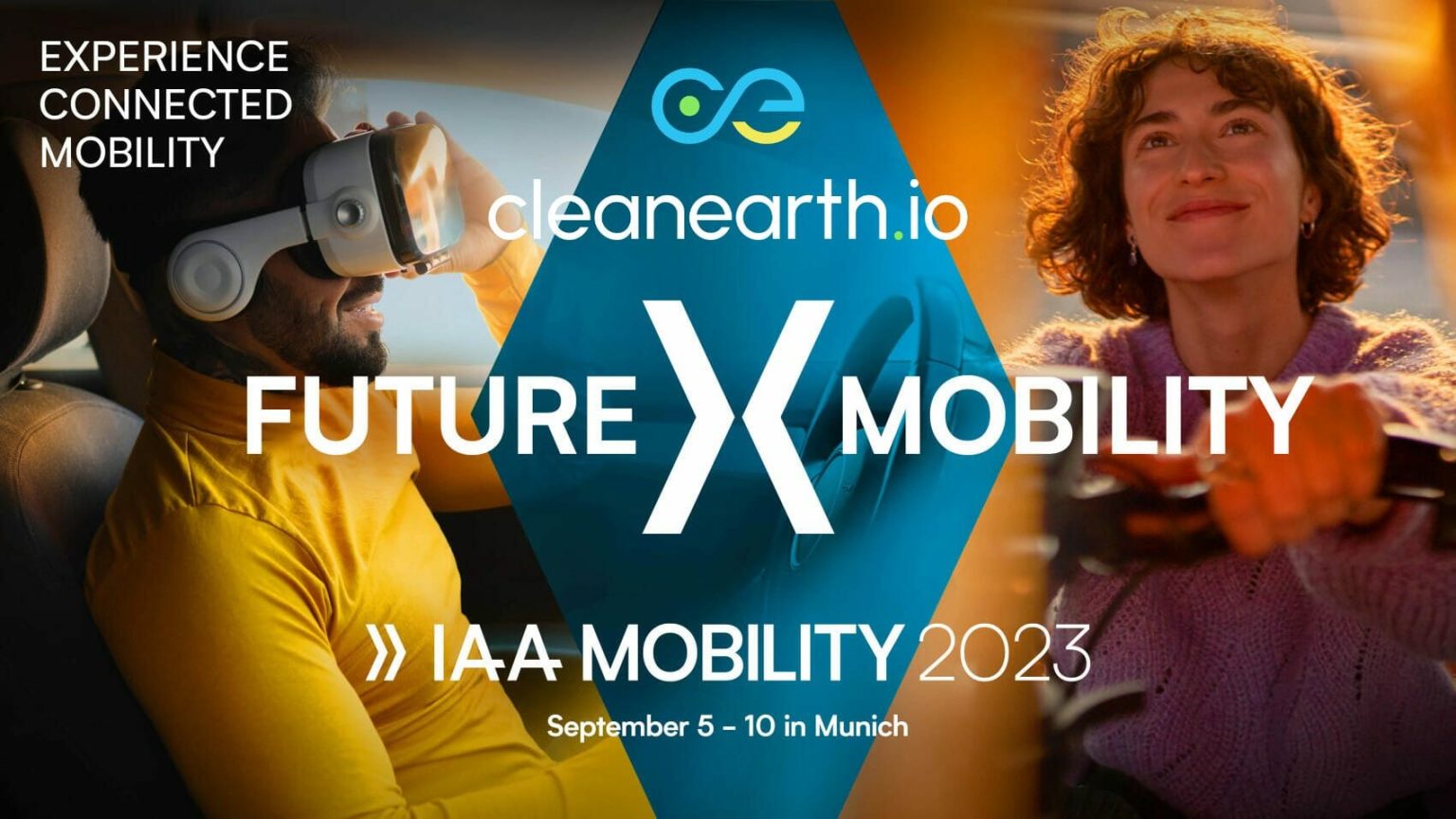ZeroAvia’s Dornier 228 Electric Prototype Completes Initial Flight Test

UK-based aviation company, ZeroAvia, has successfully completed the first round of flight testing for its ZA600 hydrogen-engine prototype mounted on a Dornier 228 at Cotswold Airport. The tenth and final flight in the initial series, which concluded last week, incorporated a cruise test to forecast future ranges, setting the stage for the first set of cross-country flights in the next phase of demonstrations and testing.
Over the past six months, the company has been testing diverse performance metrics of its system, following the maiden flight of the ZA600 in January. The trials saw the aircraft achieving various significant feats, including ascending to an altitude of 5,000 feet, completing an endurance flight of 23 minutes, operating within a broad temperature spectrum from near freezing to almost 30C, and hitting the top speed permitted by the Civil Aviation Authority (CAA) under its flight license.
The company noted that the fuel cell power generator and electric propulsion system, the core components of the zero-emission engine performed at or above expectations. The hydrogen-electric engine demonstrated its power by matching, and in certain tests, even surpassing the conventional fossil fuel engine on the opposing wing. This allowed pilots to fly the plane using the hydrogen propulsion system alone.
ZeroAvia’s CEO, Val Miftakhov, commented on this landmark achievement, stating, “Our team has made significant strides in turning zero-emission flight technologies from a vision into reality. This technology presents a practical solution to reducing the climate impact and air pollution associated with air travel, without having to compromise on price or frequency.”

The flight testing campaign for ZeroAvia’s Dornier 228 is a part of the HyFlyer II Project. ZeroAvia’s flight testing program receives partial funding from the UK Government through the Aerospace Technology Institute, in conjunction with Innovate UK and the Department for Business and Trade.
Hydrogen-electric engines, such as the one used in the ZA600, function by using hydrogen in fuel cells to produce electricity. This electricity then powers motors which rotate the aircraft’s propellers. The only byproduct of this process is low temperature water, with research indicating that this could reduce total climate effects by over 90%.
ZeroAvia currently has several partnerships and projects underway related to its efforts to advance zero-emission aviation. The company is currently targeting zero-emission for short-haul, regional flights.
Popular Now
hub.cleanearth.io Media
Sign Up for the hub.cleanearth.io weekly newsletter
Our biggest stories delivered to your inbox weekly.
By signing up you agree to our Disclaimer, our Privacy Policy & Cookie Statement and to receive marketing and account-related emails from hub.cleanearth.io. You can unsubscribe at any time.








